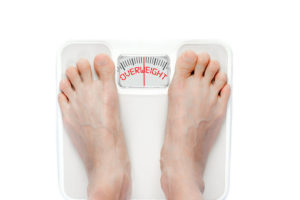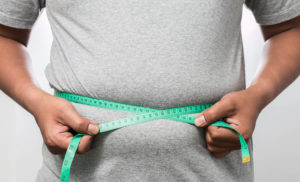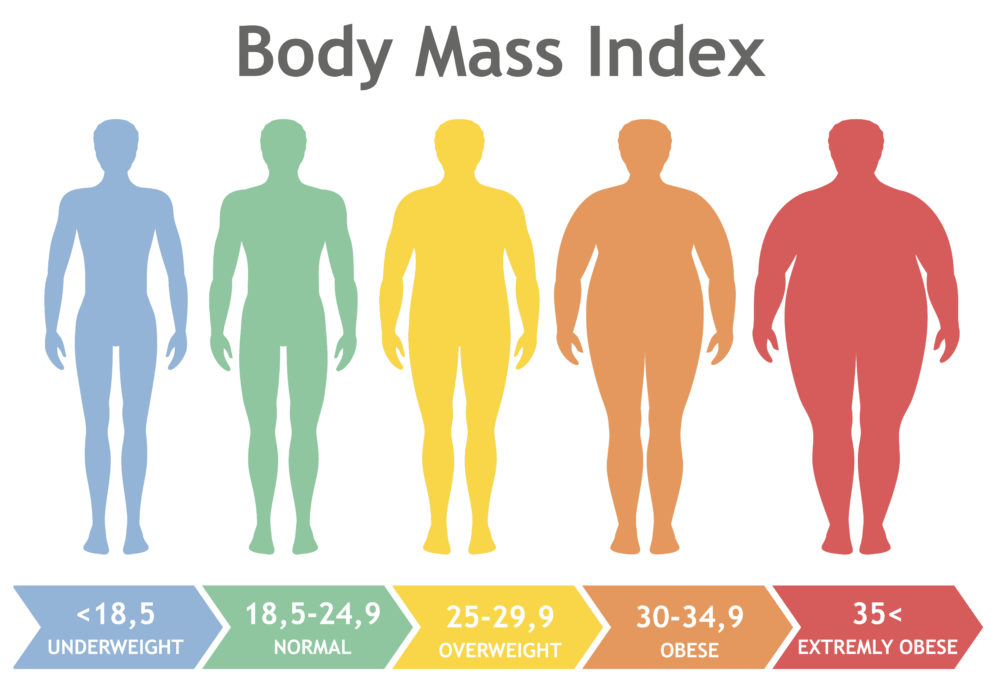Are You Overweight?
Our HNA data shows that most of you are concerned about your weight – and whether you weigh too much.
Being overweight means you’re carrying too much ‘adipose’ or fat tissue, which could make you much more likely to get Type 2 diabetes, heart disease, stroke or even cancer.
The extra weight can also put strain on joints and make pain worse.
Exercise can help shift the weight but if you have a disability and chronic pain, it can be very hard to do it, making you more likely to put weight on. Maintaining a healthy weight can seem more of a struggle.

But what’s the best way to tell if you’re overweight in the first place?
Medical adviser Dr Susan Brennan is often asked what measurement is the best indicator to check if you’re overweight.
Getting your measure - BMI (body mass index) verses other methods
Watching your waist
Some experts say that measuring your waist circumferenceis both easier and a better guide than BMI to tell whether you will develop conditions like Type 2 Diabetes, heart attack or stroke.
Research shows that people who carry a lot of fat around their waists are at higher risk of health problems than those with more fat around their thighs and buttocks. They are more likely to have fat stored in their abdomen, around key organs, which is what could increase the risk of heart disease, stroke or type 2 diabetes.
You can take your waist circumference easily, with either a tape measure or a piece of string. Measure from around an inch above your belly button.

Regardless of your height or BMI, you should try to lose weight if your waist is:
- 94cm (37ins) or more for men
- 80cm (31.5ins) or more for women
You should contact your GP if your waist circumference is
- 102cm (40ins) or more for men
- 88cm (34ins) or more for women
No measurement, including waist circumference, is perfect and the results may be skewed if you have lots of muscle in your abdomen which may increase your waist circumference.
Get hip
If you want to take the waist circumference measurement further, you can do what’s called a waist/hip ratio: -
Take the same waist measurement but, this time, also measure around your hips, at the widest point. Divide the waist measurement by your hip measurement (W ÷ H) to get your waist/hip ratio.
Your ratio will give you a better idea of whether you’re apple or pear-shaped; another good predictor of whether you will develop conditions like diabetes or heart disease.
Diabetes.co.uk have a calculator to work out your waist to hip ratio
A healthy waist to hip ratio is:-
- Under 0.80 for women
- 0.90 or under for men
BMI
You’ve probably heard the term BMI or Body Mass Index being used in relation to weight measurement; it’s calculated using your weight and height, to give you a number.
For most adults, an ideal BMI is in the 18.5 to 24.9 range.
Health guidelines use the following BMI levels to give you an indication of weight and health:-
| BMI Range | What it tells you about your weight |
| Below 18.5 | You're in the underweight range |
| Between 18.5 and 24.9 | You're in the healthy weight range |
| Between 25 and 29.9 | You're in the overweight range |
| Between 30 and 39.9 | You're in the obese range |

Want to calculate yours? Use the NHS BMI calculator
It’s complicated when your limbs are affected by thalidomide
BMI isn’t the perfect indicator of weight, and a lot of people don’t know what theirs is; or find it difficult to work out. It’s especially difficult if you’re upper limb or lower limb affected as the BMI guidelines don’t take limb differences into account.
The system used by amputees might give you an idea.
It works using the Journal of the American Dietetic Association percentage of body weight values for missing limbs, which can then be used to calculate what your weight would be if you didn’t have limb differences:-
| Limb deficiency | % body weight |
| All four limbs | 50% |
| Entire arm | 5% |
| Forearm and hand | 2.3% |
| Single hand | 0.7% |
| Entire leg | 16% |
| Lower leg and foot | 5.9% |
| Single foot | 1.5% |
To work out your weight take your current weight in kilos divided by (100 - percentage of missing limb) x 100
For example, if someone weighed 60 kilos and had no arms (each arm =5%, therefore 2 arms 10%), the calculation would be 60 /90 x 100 =66 kilos.
You can then enter this figure into the BMI calculator to work out your estimated BMI.
Although this data is based on amputees, rather than people born with limb deficiencies, it does give you a rough guide. However, it’s definitely not an exact science.
This online calculator of BMI for amputees will also work out your BMI using this method
If you’re still having difficulty working out your BMI, (maybe because this system uses the principle of missing limbs rather than shortened limbs) don’t worry - try using your waist circumference instead.
One drawback of BMI is that it doesn’t give an indication as to where the fat you’re carrying is. You could have a healthy BMI and still be carrying excess weight around your stomach, which the BMI wouldn’t pick up.
The old ways aren’t always the best
Even if BMI is the most commonly used measure of telling if you are a healthy weight, it’s not necessarily the best or easiest. If you can’t work out your BMI, or it’s too difficult if you have a limb difference, remember waist circumference is easier to do and gives a really good indicator of your risk of developing disease. If you’d like to know more – contact one of our Health and Wellbeing team on 01480 474074 or email.
